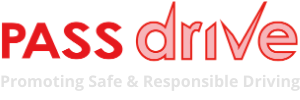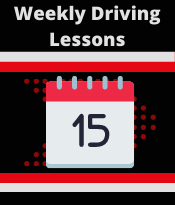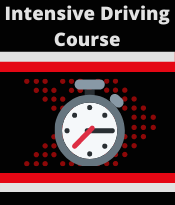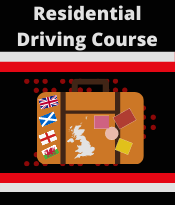Automatic Driving Lessons
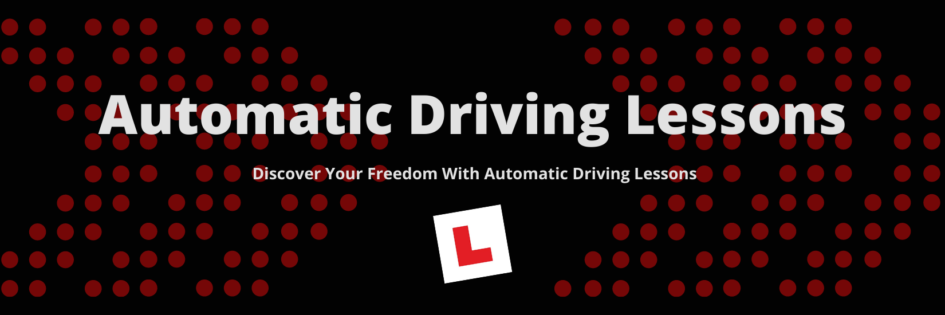
Interested in automatic driving lessons? We understand that learning to drive in a manual car isn’t for everyone. Some people prefer to learn to drive in an automatic car, as there is no clutch pedal. Without a clutch pedal, you will not have to focus on changing gears. This can make the physical aspects of driving easier and let you concentrate on driving safely.
If you feel that automatic driving lessons are right for you, we’ve got talented driving instructors available across the UK to help you get behind the wheel with confidence. We will help you become a safe and responsible driver at your own pace, ensuring that you are fully prepared for your driving test. Learn to drive with Pass Drive.
What Are The Benefits Of Automatic Driving Lessons?
There are many reasons why you might decide that learning to drive in an automatic car is right for you. First and foremost, you don’t have to worry about changing gear. Gears can be tricky for some learner drivers, and some people find it a lot easier than using a manual car. This can make automatic driving lessons a great option.
What’s The Difference Between Manual and Automatic?
The difference between manual and automatic cars lies in the gears. The terms manual and automatic refer to the type of transition between the gears of the vehicle. In a manual car, you ‘manually’ have to select and change the gear you are in using the gear stick. An automatic car will do this for you.
Automatic cars still have gears, but they are a little more basic. Some cars may have additional gears, but the four main ones are:
- Park (P): This is the equivalent of neutral in a manual car, but the wheels are locked. Your car should be in ‘park’ (P) when you are switching the engine on or off.
- Drive (D): The ‘drive’ (D) gear is used for going forward. As you press the accelerator,, the car will transition between the gears from first to second and so on. You will likely spend most of your time on the move in this gear.
- Neutral (N): This is used when the car is stopped for a short time in traffic or traffic lights.
- Reverse (R): This will select the cars reverse gears allowing you to move backwards.
In a manual car, you change gear by pressing the clutch and selecting the appropriate gear. As automatic cars do not have a clutch, this makes them difficult to stall. Another benefit of automatic cars is that you will not ‘grind’ the gears, or accidentally select the wrong gear by mistake.
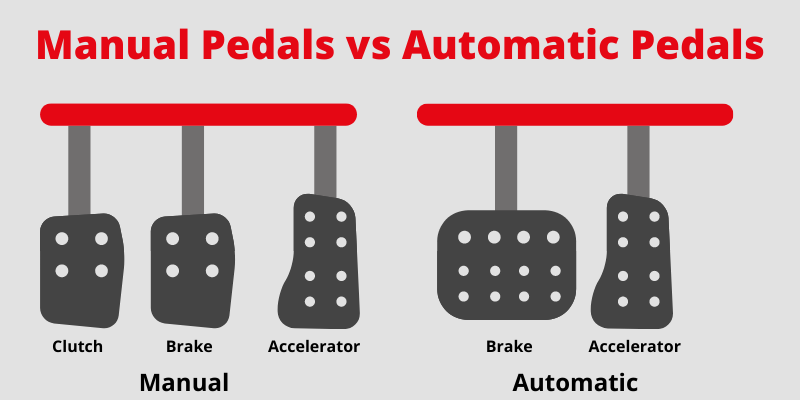
Are Manual or Automatic Cars More Popular?
Here in the UK, and most of Europe, manual cars are more common than automatics. In the USA, it’s the reverse. This is mainly due to manual cars being more widely available. Although the percentage of newly manufactured automatic cars is on the rise. With some manufacturers only offering certain models in automatic transmission.
However, automatic cars tend to be slightly more expensive and can use more fuel on average. They are also more expensive to build, meaning that they can be more expensive to repair and insure.
Are There Any Downsides To Driving An Automatic?
As automatic cars are a bit more expensive to run and maintain, automatic driving lessons tend to be a bit more expensive than manual lessons. Although it’s usually not too big a difference.
However, there is one big downside to learning to drive in an automatic car. If you pass your test in an automatic, you will not be qualified to drive a manual car. This means that you will only have an automatic licence.
Although this can be limiting, especially if you need to buy or rent a car. This is due to manuals being more common in the UK, meaning that you will have more choice. However, with more car manufacturers beginning to phase out manual cars in favour of automatics, this is becoming less of an issue.
Overall, this means that if you decide that you want to drive a manual car, you will need to sit your test again.
Automatic Driving Lessons and Courses
Automatic Driving Lessons FAQs

Are automatic driving lessons right for me?
This can vary from individual to individual. Many people find automatic cars easier to drive, as you don’t have to worry about changing gear. Driving with an automatic licence does has its limitations, but with automatic cars becoming more widely available, it is becoming a more popular choice.
When is it better to drive an automatic car?
Automatic cars can be more convenient in urban areas. If you are driving in areas with lots of traffic and find yourself needing to stop and start frequently, you might find an automatic more convenient. In a manual car, you will need to have good control of the clutch and change gears regularly in these scenarios.
Automatic cars can also be useful in hilly areas, as hill starts are much easier in an automatic. As there is no clutch, you do not need to find the ‘bite’ which limits the risk of the car rolling backwards.
How many lessons will I need?
The average learner typically requires around 47 hours of driving lessons with 20 hours of private practice to pass the driving test. However, learners learning to drive in an automatic car tend to require fewer lessons, as they do not have to get to grips with working the gears and clutch.
Contact Us
To make an enquiry for more information or to speak to someone from the Pass Drive team, please call us on 0800 371055, complete the contact form below or email info@pass-drive.co.uk.
